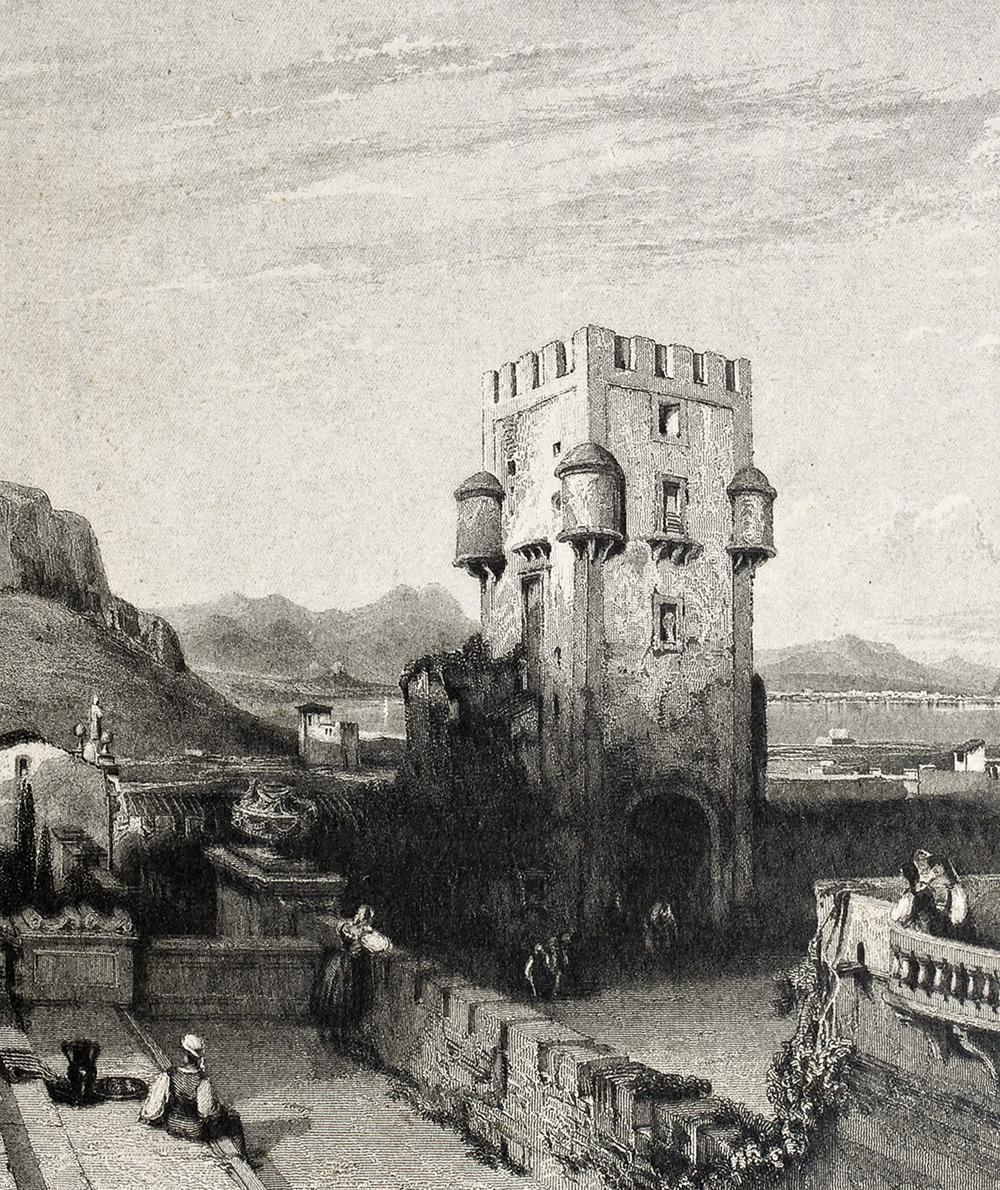HISTORY AND CULTURE
Bagheria is the most populous municipality of the metropolitan city after Palermo, with which it is part of the so-called ” Conca d’oro “. Its history is inextricably linked to its splendid Baroque villas, so much so that it deserves the nickname of ” City of Villas “. The urban and suburban expansion of Bagheria had a great development with the construction of Palazzo Butera and subsequently of almost all the sumptuous villas, castles and palaces of the noble lords of Sicily, thus becoming the privileged place for holidays of the Palermo aristocracy.
Discovering Bagheria
The most populous municipality of the metropolitan city after Palermo, whose history is inextricably linked to its splendid Baroque villas, so much so that it deserves the nickname of ” City of Villas “.
The city rises in a narrow plain southeast of Palermo, with which it is part of the so-called ” Conca d’oro “, an almost completely flat area bordered by the sea of the Gulf of Palermo and protected by a mountain range. And it is precisely in this territory that the first settlements were born, which had their maximum expansion between the 9th and 12th centuries.
Under the Arab-Norman domination. This growth influenced all sectors, in particular the agricultural one, for which numerous farmhouses and factories were built and a water lifting and distribution system was created to satisfy the irrigation needs of the city.
However, the origin of the city dates back to the construction of Palazzo Butera , by Prince Giuseppe Branciforti in 1658. Subsequently, in fact, his nephew created the first urban scheme by tracing the large main street called ” Corso Butera ” and the called ” Corso Umberto I ”, which extended to the limit of his possessions.
After the construction of the Branciforti castle, the urban and suburban expansion of Bagheria had a great development with the construction of almost all the sumptuous villas, castles and palaces of the noble lords of Sicily, thus becoming the privileged place for holidays in the Palermo aristocracy.
Furthermore, the town became an independent municipality (with the annexed hamlet of Aspra marinara) on 21 September 1826, thanks to a royal decree signed by Francesco I.

Luxuriant environment of art and culture
Bagheria has always been a hotbed of intellectuals of great culture and civic commitment, from Renato Guttuso to Giuseppe Tornatore.
Dacia Maraini (writer and poet).
In fact, the city is not only known for its majestic villas in the Baroque style, but has acquired greater artistic and cultural notoriety for having given birth to artists of great prestige such as: the poet Renato Guttuso, whose works we can admire inside the homonymous museum located in the Villa Cattolica; the filmmaker Giuseppe Tornatore , who paid homage to the city with the Oscar-winning “Nuovo Cinema Paradiso” and with the colossal “Baarìa”; the great poet Ignazio Buttitta , author of numerous poems written purely in Sicilian dialect; the great master of photography Ferdinando Scianna, who began his career immortalizing the culture and tradition of his homeland; and many other illustrious intellectuals of the Italian scene.
Furthermore, the writer Dacia Maraini dedicated an autobiographical story to him entitled ” Bagheria “, where he spent most of his childhood.
In recent years, among other things, the city has managed to take on more modern artistic connotations having obtained an important recognition from the ” Street Art Cities “, the most famous and authoritative community of street art, which has catapulted the area into a international dimension recommending the visit among 723 world destinations.
This merit was achieved with the creation of the work ” The Sound Of Silence “, a mural that depicts an iconic image of the master Ennio Morricone behind which the director Tornatore appears with a camera and which intends to celebrate the artistic partnership that links the two authors. The work, created by the street artist Andrea Buglisi , is part of a project, sponsored by the municipality of Bagheria, for the redevelopment of the city which involved, in this case, the space in front of Largo Baglio Roccaforte where an interesting market takes place every Saturday of the antiques.
Subsequently, the project enhanced a place of pure passage, i.e. the motorway junction, transforming it into a stop for tourists and residents to take selfies. This time it is a homage, created by Andrea Buglisi and Igor Scalisi Palminteri , which portrays the two most representative faces of Bagheria culture, i.e. Ignazio Buttitta in a sci-fi version projecting the canvas where Renato Guttuso will paint.
A stone’s throw from the train station, there is another mural created by the artist “ Loste ” as part of the “ Go Green Stazione Visiva ” festival, focused on the themes of sustainable mobility.
Therefore, not only baroque villas and noble palaces, but now Bagheria can also be visited for these innovative forms of art, the purpose of which is to enhance areas that need urban decoration.
